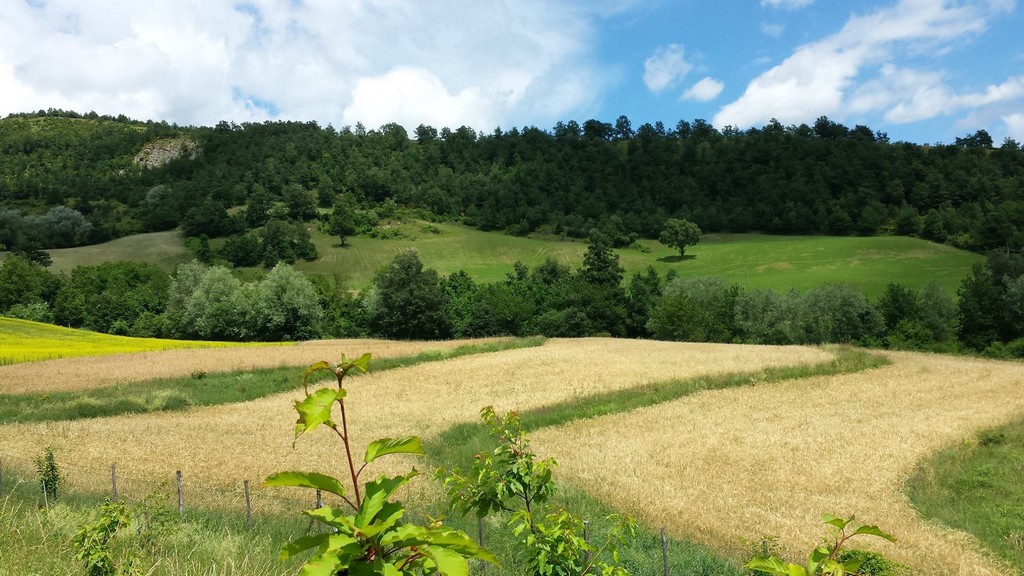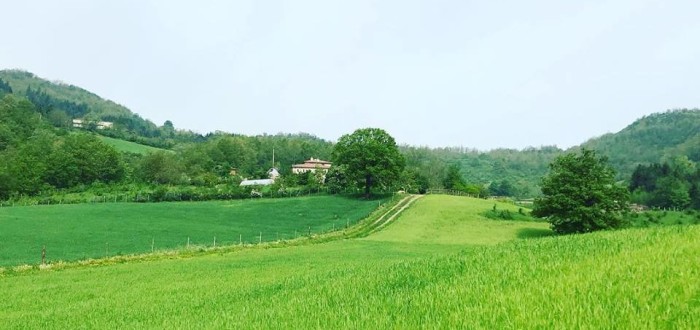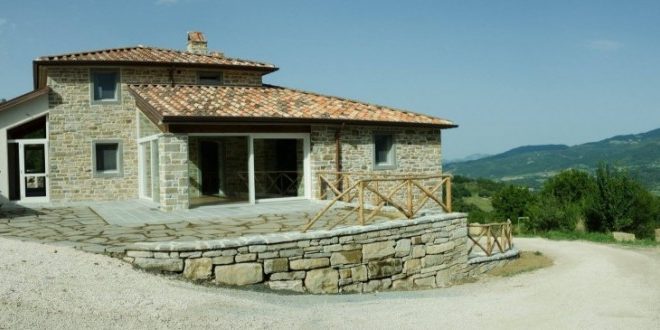BARLEY: a true medical food
Barley has a good taste and it is good for our health. Even so, it is not so common, at least not in our country, where its consumption is not comparable to the one of pasta. However, it is worth to introduce it regularly in our daily diet because it is a very healthy food. Barley is one of the most ancient member of the grass family and its origins are in Western Asia. It is thought to be the result of several hybridisation processes of the wild plant known as “Horodeum spontaneum”. Nowadays barley is easy to find all over the world.
In ancient times barley was considered as food for warriors thanks to its ability to provide body strength.
It is a source of B-group vitamins, phosphorus and other mineral nutrients. It is also known as the cereal of the intellect.
Barley is classified in three different types: two-row, four-row and six-row barley depending on the shape of the spike. Each type can be further divided into “hulled barley” and “hulless barley”, depending on whether it has the outer hull or not. It is the barley type to determine its use, for i.e. animal feed, man food, beer or whiskey production, etc. The famous barley malt is produced from germinated grains that have been dried in a process known as “malting”. It contains many B-group vitamins, silicon and proteins. Recently the consumption of hulled barley has increased, especially among those who follow a vegetarian or vegan diet, while pearl barley used to be more common in previous years.
“Arda della Fattoria dell’Autosufficienza” is the name we gave to our barley. It is a two-row barley cultivated with all due care, following precise rules and preserving the land and the surrounding territory.
This barley is cultivated between 700 and 800 m.a.s.l. on uncontaminated fields surrounded by woods and wild nature. It is a “natural barney” (organic is rather reductive) because the fields neither have been fertilized, nor have undergone any sort of treatment (although it would be allowed).
We developed two types of products from the harvest of our barley:
-HULLED BARLEY which has been processed only to remove the inedible outer hull, thus preserving all its vital properties, that is to say the nutrients of the whole grain (proteins, mineral nutrients and vitamins). This is the reason why hulled barley has the dark color typical of wholemeal cereals.
Nutrition information per 100g/ml
Energy 330 kcal
Proteins 12,5 g
Carbohydrate 36,2 g
of which sugars 0,8 g
Fat 2,3 g
of which saturates 0,5 g
Fibre 17,3 g
Salt 0,03 m g
How to cook hulled barley:
This kind of barley is perfect for making soups.
Soak barley for about 12 hours and rinse thoroughly before cooking. The ratio of water to barley is two parts of water for one part of barley.
The cooking has to be slow. The barley will swell but it remains solid thanks to the fibers of which it is reach.
You may serve it with a little olive oil over it or add it to vegetable soups.
-PEARL BARLEY:  it is faster to cook than hulled barley and it is more adapt for those who have problems in digesting wholemeal cereals.
it is faster to cook than hulled barley and it is more adapt for those who have problems in digesting wholemeal cereals.
Nutrition information per 100g/ml
Energy 357 kcal
Proteins 10,5 g
Carbohydrate 75,3 g
Fat 1,5 g
How to cook hulled barley:
This kind of barley is perfect for making soups.
Pear barley only need few hours of soaking and a proper rinse before cooking.
The ratio of water to barley is two parts of water for one part of barley.
The cooking has to be slow. The barley swells but it remains solid thanks to the fibers of which it is rich.
You may serve it with a little olive oil over it or add it to vegetable soups.
You can purchase our barley on Macrolibrarsi website or in our store in Cesena.
If you want to discover more barley properties you may keep on reading. 🙂
PROPERTIES OF BARLEY
Barley has been taken into account by Medicine since ancient times. In his writings Hippocrates praised the medical properties of barley, while in Chinese and Ayurveda Medicine it is considered a refreshing cereal capable to reduce different types of inflammations:
– inflammation of the gastrointestinal tract and urinary system;
– inflammation of the oral cavity which can be treated through gargling with a decoction of barley.
Barley extract is also used in the preparation of candies for sore throat.
– it can relieve disorders of the pancreas and biliary tract, besides having a beneficial effect on infections of the mucous membrane of the intestine;
– it has a regulation effect on the intestine, especially in cases of constipation or lazy bowel (it has laxative and stimulating properties);
– it is recommended for promoting digestion in children, elderly people and in case of indigestion (dyspepsia). At the same time, barley decoctions are recommended during recovery of physical weakness period of times;
– it has a good mineralising action thanks to the mineral nutrients it contains;
– in ancient times, decoctions of barley were used also for healing packs for skin or eye irritations.
– Barley is recommended also for women who are breast-feeding thanks to its ability to promote milk production.
-it has recently been observed that barley can keep “bad” cholesterol levels low.
Esoteric Characteristics:
The day of the week associated with barley is Tuesday, the day of Mars. Also the day of the awakening and of an active, determined and focused attitude.
Barley exceeds all other cereals for its Martian impetus in germinating, growing and bearing fruits. Indeed it has the shortest lifespan and it is the first to ripen on the summer fields, while all other cereals are still green.
Newsletter
ARGOMENTS
- Activities (8)
- Farm products (4)
- Fattoria dell'autosufficienza (39)
- News (63)
- Our models (14)
- Permaculture (23)
- Senza categoria (2)
- Things to do (22)
- Tourist attractions (15)




